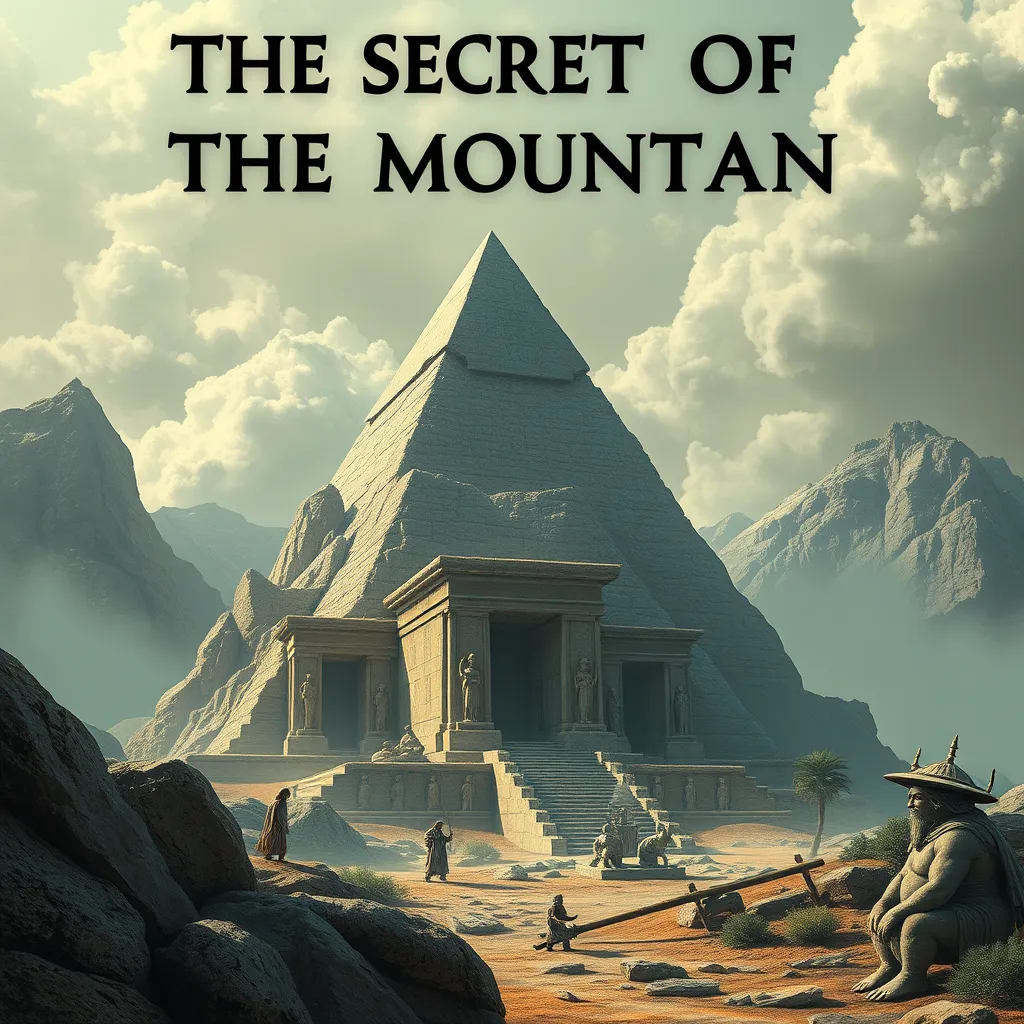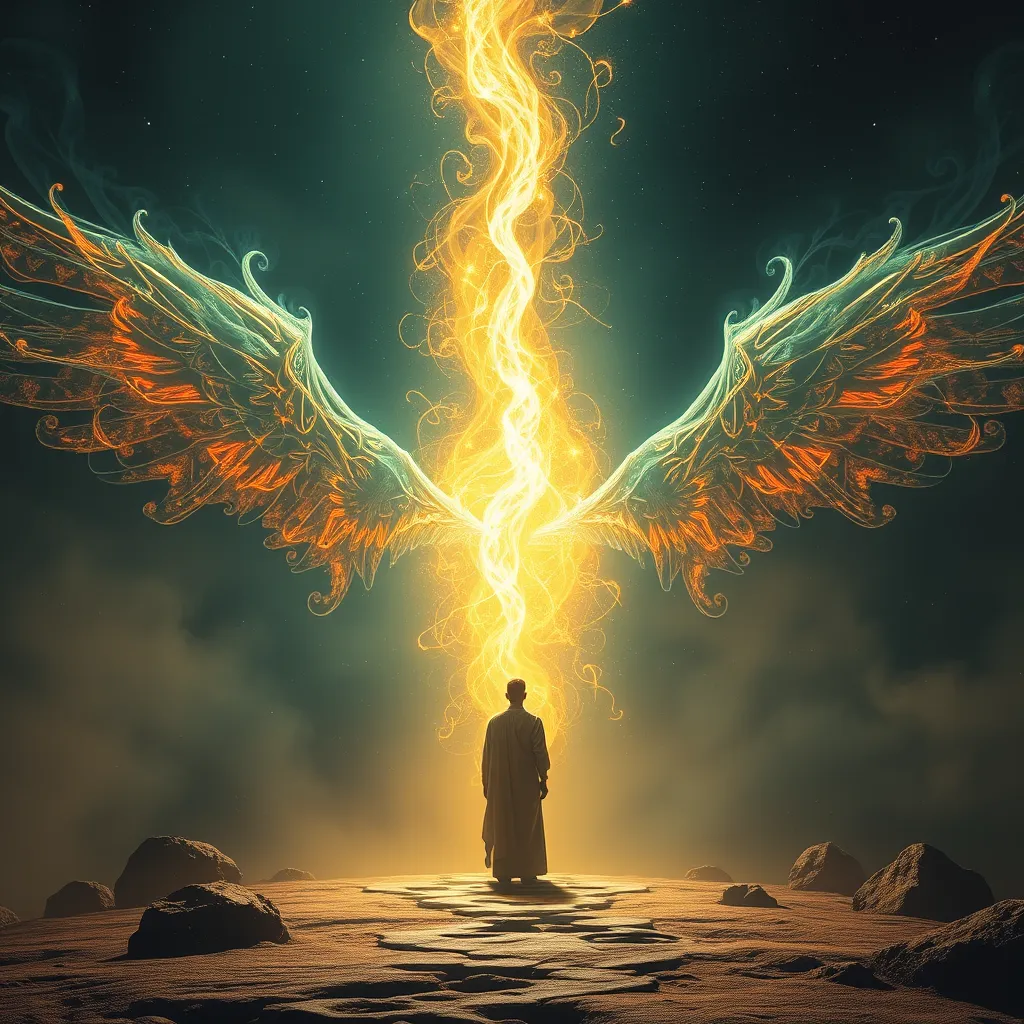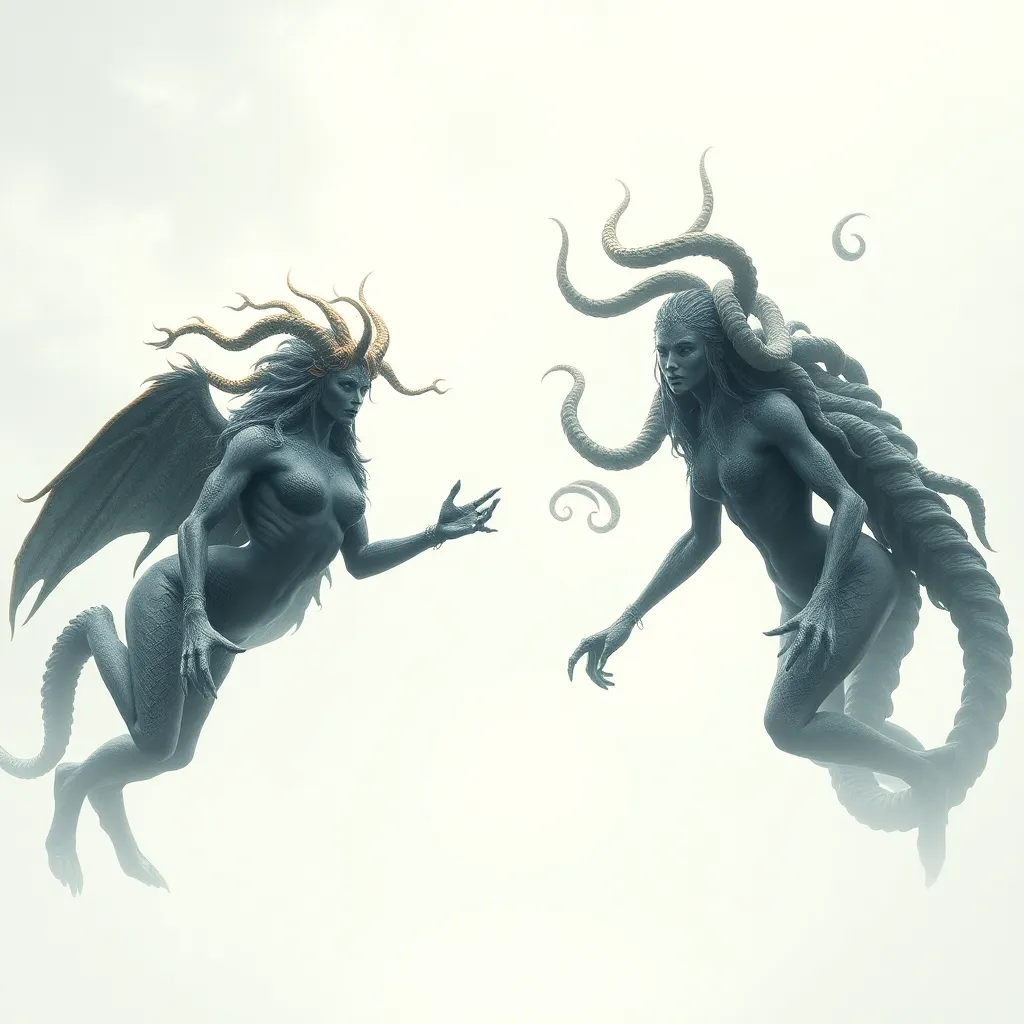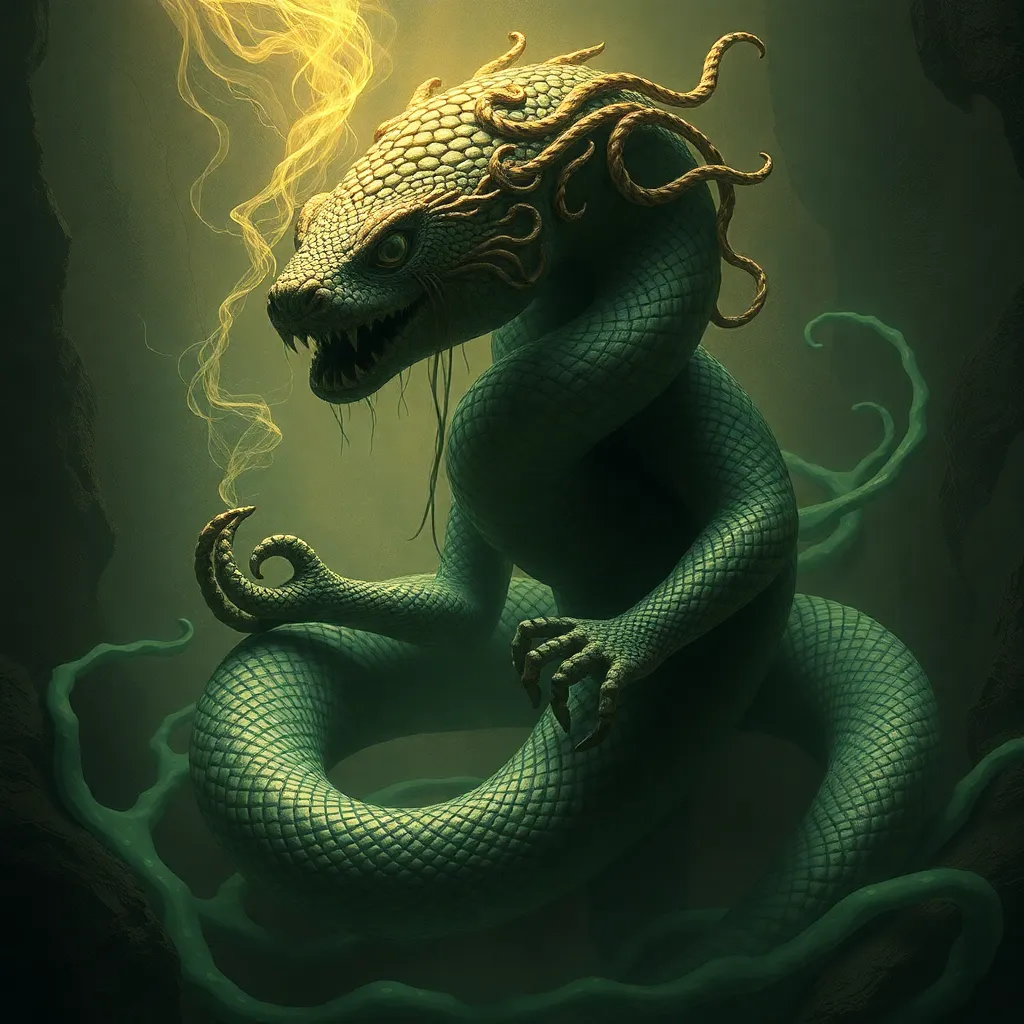The Secrets of the Mountain: Tracing the Origins of Dwarf Legends in Ancient Egypt
I. Introduction
Dwarf legends have fascinated scholars and enthusiasts alike across various ancient cultures, weaving rich tapestries of myth and symbolism. Among these cultures, ancient Egypt stands out for its profound mythology and artistic representations. The significance of studying dwarf legends in ancient Egypt lies not only in their unique characteristics but also in their implications for understanding social structures, religious beliefs, and cultural interactions of the time. This article aims to explore the origins, representations, and societal roles of dwarfs within the context of ancient Egyptian civilization, shedding light on their enduring legacy in history and mythology.
II. Historical Context: Ancient Egypt and Its Mythology
Ancient Egypt, one of the world’s oldest civilizations, flourished along the fertile banks of the Nile River for over three millennia. This civilization was renowned for its monumental architecture, advanced knowledge in mathematics and astronomy, and rich cultural heritage. Central to its culture was a complex mythology that explained the workings of the universe, the afterlife, and the roles of gods and mythical beings.
Mythology played a fundamental role in shaping the beliefs and practices of ancient Egyptians. Gods like Ra, Osiris, and Isis were worshipped and revered, and their stories were interwoven into the daily lives of the people. Dwarfs, often depicted in art and literature, were integrated into this mythological framework, serving various roles that reflected their cultural significance.
III. The Physical and Symbolic Representation of Dwarfs
Artistic depictions of dwarfs in ancient Egyptian art and artifacts reveal much about their perceived identity. Dwarfs were often portrayed with distinct physical features, such as short stature and unique facial characteristics. They were frequently depicted alongside gods and pharaohs, indicating their importance in the societal hierarchy.
- Artistic Depictions: Dwarfs are shown in a variety of roles, from attendants to deities, often wearing the same elaborate jewelry and garments as their taller counterparts.
- Symbolism: In ancient Egyptian society, dwarfs were associated with fertility, protection, and the afterlife, symbolizing the duality of life and death.
When compared to dwarf representations in other ancient cultures, such as Mesopotamia and Greece, it becomes evident that while the physical representations differ, the symbolic roles often echo similar themes of protection and guardianship.
IV. The Mountain Connection: Geographic and Cultural Significance
Ancient Egypt’s geography was marked by significant mountains, such as the Eastern and Western Deserts. These mountains were often considered sacred and were associated with various gods and mythical beings.
- Key Mountains: Notable mountains included the Gebel el-Silsila and the mountains of the Eastern Desert, which were critical to the resources and mythology of Egypt.
- Association with Gods: Mountains were believed to be the abodes of gods, where divine beings resided and interacted with the mortal realm.
In this context, dwarfs were often seen as guardians of the mountains, protecting sacred sites and serving as intermediaries between the divine and human worlds. Their roles highlighted the interconnectedness of geography, mythology, and community beliefs.
V. Archaeological Evidence Supporting Dwarf Legends
Archaeological discoveries have provided concrete evidence that supports the existence and significance of dwarfs in ancient Egyptian society.
- Dwarf Skeletons and Mummies: Several skeletons and mummies of individuals with dwarfism have been unearthed in ancient burial sites, indicating their presence in the society.
- Artifacts: Objects like figurines and amulets depicting dwarfs have been found, linking them to religious practices and protective symbolism.
- Archaeological Sites: Sites such as the tombs of pharaohs often contain depictions of dwarfs, reinforcing their roles in funerary practices.
VI. The Role of Dwarfs in Ancient Egyptian Society
The role of dwarfs in ancient Egyptian communities was multifaceted. They held various social statuses, often seen as entertainers, servants, and even advisors to royalty.
- Social Status: Dwarfs could attain positions of respect and influence, contrary to the stigma often associated with disability in other cultures.
- Religious Context: They played significant roles in religious ceremonies, often depicted as figures of joy and festivity, integral to rituals.
- Historical Records: Personal accounts and inscriptions reflect their contributions, highlighting their unique place in society.
VII. The Evolution of Dwarf Legends Through Time
The perception of dwarfs has evolved significantly from ancient times to the present day.
- Changes in Perception: From revered guardians in ancient Egypt to often marginalized figures in later cultures, the narrative surrounding dwarfs has shifted.
- Influence of Other Cultures: Greek and Roman cultures introduced new perspectives on dwarfs, often portraying them in a more comedic or grotesque light, which influenced how they were viewed in Egypt.
- Contemporary Interpretations: Today, dwarf myths are reinterpreted in literature and media, often emphasizing empowerment and individuality.
VIII. Conclusion
The exploration of dwarf legends in ancient Egypt reveals a rich tapestry of cultural significance, social roles, and mythological connections. From their artistic representations to their roles as guardians of sacred mountains, dwarfs were integral to the fabric of ancient Egyptian society. Understanding these legends provides valuable insights into the cultural heritage of ancient Egypt and highlights the complexities of how societies perceive difference and disability. Future research may further illuminate these connections, offering deeper understanding of ancient myths and their lasting impacts on contemporary culture.



